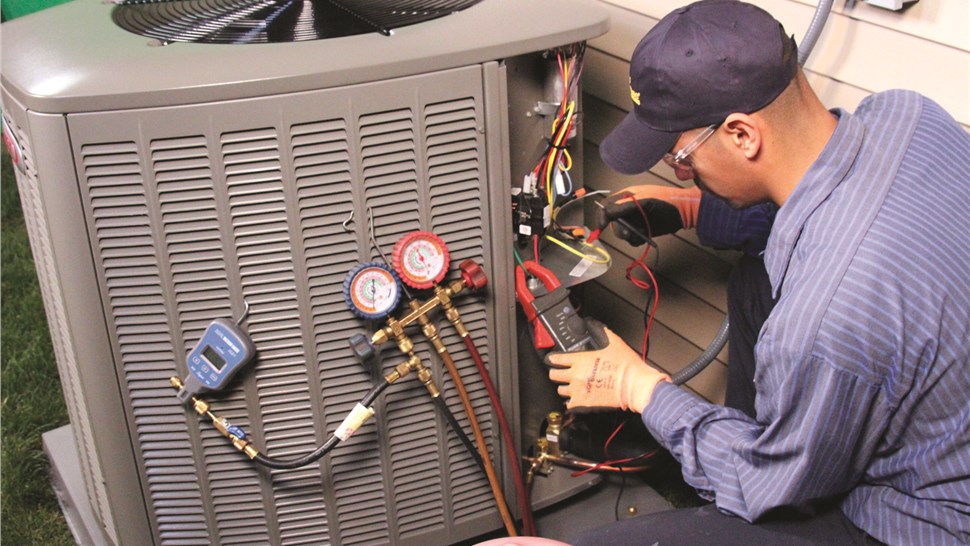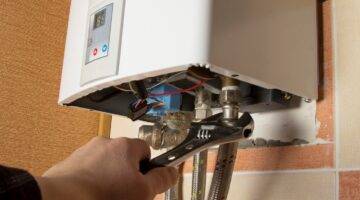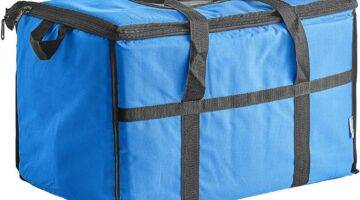
Taking Care of Your Engineered Wood Floors
Engineered wood floors installation is different from having real hard wood floors installed. While the two may result to similar-looking outcomes, there are actually notable differences that could lead a homeowner to prefer one option over the other. Not many people are aware of these differences, but it is valuable information that could help homeowners make the right investment.
Why Choose Engineered Wood Floors?
One of the basic reasons why most people prefer to install these floors is because the material is easier to handle and to manipulate. Basically, engineered floors are made of a plastic laminate material combined with real wood. This makes them look like the real thing, but with different characteristics.
Moisture Resistant
These floors are more moisture resistant than hardwood floors because of their plastic component. It is because of this that they are less prone to wear and tear. This moisture resistant characteristic also allows these floors to be more stable as the absorption of moisture can change the shape, size, and even the slope of real wood floors.
Special Installation Features
Many floor installation specialists also prefer it because they are easier to carry out. Engineered wood can be customized to take on the right size and shape needed. As opposed to real these floors that depend on a naturally occurring product, engineered wood can easily be manipulated to fit any space or area. Nowadays, engineered wood floors even have an advanced locking system that makes use of tongues and grooves. This allows the engineered wood pieces to click easily into place and to stay there even with all the movement going on.
Engineered Wood Floors Installation
There are two basic methods of installing engineered wood floors. The first is the floating floor type where there is no need for glues or nails. This is often used with the click-locking system as the tongues and grooves keep the flooring pieces in place. There is also the non-floating installation system where the flooring is glued or stapled directly onto the floors or the subfloor. Regardless of the installation system that you choose, these floors are often easier to install compared to real hardwood floors. However, it is more expensive than regular hardwood floors, and many homeowners are tempted to offset the increase in cost by installing the flooring themselves.
Installing it is harder than it seems. With the non-floating method, the subfloors need to be cleared and straightened properly otherwise the end product will become uneven and be more prone to dirt and damages. Floating floors are also simple in concept, but one false move will affect the rest of the project and will be more headache than homeowners are prepared for.




